| Author: | | Loyal Site Supporter Registered: August, 2007 Location: Coquitlam, BC, Canada Posts: 624
1 user found this helpful
| | Review Date: April 28, 2023 | Recommended | Price: $295.00
| Rating: 9 |
| Pros: | Used prices for this lens are very low, build quality & finish are excellent and it is sharp. My handing score would go from 8.5 to 5.0 without mounting modifications and the lens “foot”, Integral Lens hood. | | Cons: | Difficult to handle & carry (w/o a lens foot), no internal focus, fully manual aperture, fucus ring a little stiff (consistent with other reviewers and non-internal focus lenses), no internal filter drawer. | | Sharpness: 9
Aberrations: 8
Bokeh: 9
Handling: 8
Value: 10
Camera Used: Pentax 645Z
| |
To further explain the “cons” listed above; this lens is awkward to handle & carry, without modifications. The mounting collar is generously wide and supports the lens well, but does not allow rotation from landscape to portrait orientation. If a 67 (6x7) camera is being used it can be rotated within the camera mount, otherwise rotation can be easily made on the lens adaptor used with other formats.
The collar is not close to the balance point of a camera & lens mounted on a tripod. Not being internal focus, the balance point changes to a minor degree even with focusing, but more so with accessories and camera bodies. The focusing ring is a little stiff to use, consistent with non- internal focus lenses. There is no internal filter “drawer”, but a filter can be mounted inside the outer bayonet mount at the rear., however filters are not so much an issue with digital cameras and RAW image processing.
There is one other consideration common to older lenses with integral lens hoods. While it is convenient to just pull the hood out, the dampening material used to keep the lens hood tight dries out over time, the hood becomes “loose”, not staying firmly in place. The material is not “user” replaceable, but a very quick and easy solution is to use a wide piece of double-sided Velcro 1” One-Wrap material, no adhesive required it sticks to itself (shown below).
Balance of long heavy lenses, with heavy camera bodies and accessories such as extension tubes and 1.4x and 2x extenders becomes a serious consideration, and lack of good balance and stability become very problematic in terms handling and image quality, even using MLU (mirror-lock-up).
As this lens is not internal focusing, almost everything forward of the aperture ring is moving. This makes the addition of “stabilizing” hardware not an option. I studio tested this lens with a Pentax 645Z using MLU, keep in mind that “mirror slap” in medium format cameras, particularly with the 67, is a serious vibration issue at slower shutter speeds. In testing accessories such as extension tubes and extenders I found that to be able to balance the various configurations, there needed to be a mounting rail of a minimum of 6” long. It goes without saying that the rail needs to be a Arca-Swiss compatible to be able to slide the lens back and forth safely, as this is a necessary and ongoing adjustment procedure.
While the lens collar, detailed above, is generously long and supportive, and quite wide across the bottom, it only extends down 3/8” below the barrel of the lens. Mounting a 6” rail extends past the end of the focusing collar making it impossible to get your fingers between the rail and the collar for focusing. The solution is to use a fabricated “lens foot” for mounting, to allow finger-space to access the focusing collar. This also to moves the center of the lens barrel up higher on a gimbal cradle arm, being closer to the swing arm pivot point provides better balance. An added benefit of a decent “foot” is that it allows you to carry the lens with one hand rather than cradling it in your arms (an important feature in the field).
In my opinion a photographer needs to use “long lens” skills, and a “solid” tripod such as a series 3 Gitzo Systematic Tripod and a Wimberly WH200 gimbal head, or the smaller Jobu Junior Deluxe. Using lighter support equipment will severely restrict your ability to consistently produce sharp images and would make shooting moving objects more than frustrating. This is not to say that you need the “top-of-the-line” equipment, but using those I mentioned, your choice of support equipment needs to be at least that robust, and a well-built gimbal head is almost a necessity.
The excellent Jobu Junior (JR3 Deluxe) head is, in my opinion, great for small and lighter telephotos such as this one. Today there are excellent gimbal heads made by a number of different manufacturers. While gimbal heads are an expensive budget item, keep in mind it is a one-time purchase, unlike camera bodies. I have been using the same Wimberly gimbal head for over 20 years, and recently the smaller Jobu unit as well, and have certainly not been using the same camera bodies over that same time period.
If you have never used a gimbal head and are a long lens shooter or just starting out with longer telephotos, do yourself a favor and try one, or have a knowledgeable sales person demo one to you. It is probably the best investment you can make for long lens photography.
The weight of this lens is 2570 grams, or 5 ½ pounds, which is not excessive for a lens of this speed, format and reach. The minimum focus distance at 8 meters, or 26 feet, is quite long, but 23mm of extension tube will cut this distance almost in half to a manageable 4 1/3 meters (14 feet), and the exposure factor is less than ½ a stop which is negligible.
I found that this lens is mentioned in the operating manual for the 6x7 Auto Extension Tubes using only the outside bayonet extension tubes, which are almost impossible to find, so I made a supplemental specification page showing the size references of other formats as well (below).
The first version of this lens was brought out in 1971, the third version, which I am reviewing, was brought out in 1989, but the optics remained unchanged from the oldest to the newest. it is a simple optical design, using five elements in five groups. My opinion, before using it, was that it would not be up to present day standards, with the high pixel count of current digital cameras, but I was very pleasantly surprised, and found the image quality to be excellent.
In summary, while there are a few design “short comings” affecting the usability of this lens, it is well worth accommodating these, and fabrication of a “lens foot” makes it into a valuable telephoto for medium format, or smaller SLRs or DSLRs, using adapters. It is an excellent choice for a “long” landscape lens, giving excellent compression between foreground and background objects and produces high quality images.
 [/url] [/url]
 [/url [/url
| | | | | | | New Member Registered: December, 2017 Posts: 12 | | Review Date: March 4, 2023 | Recommended | Price: $300.00
| Rating: 9 |
| Pros: | Very sharp, less fringing, short focus thread, very easy handling | | Cons: | fixed tripod mount, strange front thread, lacking of protective filter | | Sharpness: 9
Aberrations: 8
Bokeh: 6
Handling: 9
Value: 9
Camera Used: Canon EOS 1DS MkII, var. APS-C
| |
Hello.
I use the lens (my is the last version) for astrophotography and daylight, this moment up to full format, in future with Fuji GFX. The lens is relatively short compared to the 5.6/500, the outer bayonet is a little bit odd - but no serious problem.
The issue with the lacking option to use a protective filter due to the uncommon front-thread of 108mm can be fixed by using a custom adapter, the lens hood is relatively short and not good for dew-protection at night and difficult light-situations. If the thread-adapter is present a longer hood, e.g. from Heliopan, will be applied, so that I think it will fit all demands.
Daylight use is very easy if a sturdy tripod is used, the short way from end to end of the focus-way makes focusing easy and fast, the very good sharpness and the bright viewfinder makes it easy. I use it with a chipped adapter (Dandelion V4), so that the camera assists in focusing in AF-mode very accurately.
Two things are con's - the tripod-mount is non-rotating* ans the rear filter holder mount leads to the question, iis the rear filter element of the optical calculation and must be present or not. I will add a UV-Filter next days to test if there is any effect or not.
>> Addition: Found a Pentax SMC Filter 77mm with the fitting bayonett and a fitting adapter - solved
| | | | | New Member Registered: March, 2021 Location: Austin, TX Posts: 16
2 users found this helpful
| | Review Date: May 31, 2021 | Recommended | Price: $180.00
| Rating: 10 |
| Pros: | Sharpness & color | | Cons: | Lack of availability of front & rear caps and front filters | | Sharpness: 10
Aberrations: 10
Bokeh: 9
Handling: 10
Value: 10
Camera Used: Pentax 6x7
| |
I got mine almost in mint condition for $180 on eBay so it was a major steal. I like taking night photography, and this lens is great for that. I love the compressed effect I get from this lens as well as its sharpness. There's also a unique characteristic with the color I find. Not sure if it's imagined or caused by the compression effect. But, I find it very pleasing. I imagine this lens is not the one to go after its bokeh. I find the bokeh of this lens normal and good. I don't find any noticeable aberrations. I wonder if they're much more noticeable w/ digital cameras.
The lens size is massive but is easy to use. The only minor downside is that the front and rear caps are very hard to find unless they come with the lens due to the size. So I keep it in my cabinet. Also filters for the front lens are not available. That's a little inconvenient but I hold a gel in front of the lens, and that does the job fine. I got the rear converters both T6-2X & 2X but don't like them so much with this lens.
This has become a special lens for me.
2 mins F11. Shot on Ektar 100. Developed at home.

1/60 F4. Shot on Ektar 100. Developed & scanned at home

1/125 F8. Shot on Ektar 100. Developed & scanned at home.
The reddish fringing is mostly due to my poor editing skills. The photo above didn't need as much editing at all compared to this.

1 min F11. Shot on TMax 100. D76 developed & scanned at home.
 | | | | | Veteran Member Registered: August, 2010 Posts: 648 | | Review Date: February 14, 2020 | Recommended
| Rating: 9 |
| Pros: | sharpness,colors rendering, bokeh | | Cons: | weight, manual focus, aberrations | | Sharpness: 10
Aberrations: 6
Bokeh: 8
Handling: 8
Value: 10
Camera Used: Pentax K-1
| |
I think this lens deserves more pictures taken by it and posted here.
Yes, it is capable work well and take pictures of birds in flight.




[IMG]https://lh3.googleusercontent.com/cLOPxJ6ceTMYD56_GXAuwDybyIyvEjPhZgn_pm2uYXKcsU-bm5M_haFcSPxeZbYEZsy_JHOi63Q3UDgGprD98WEHESNX7nxpzHhinYEx7ilbGvCVh6v****aZE-fLBZFbCJoOvYG9tEifNB_3tHto29O_QSE3dJ-TXwpueBqA1ulfF4L_j8beqoJW3Erff2FIuCjZ6Fz8CkoYPQcsBdkwl--bRV5h4XbP895rfwjRsK7u3V8XEodUk392wMjPSj7g2ItOAYZsEZUGIDINMKjzRWalLPNkLau2DD1j_iHVIvuGc0Dj5yJvJ88Dl3qT8GFNxMU4pxXJOei86DTBo1i28EI6exJaMkXKSZ_w2fdTh1z_ul8StwDC0LUsoM8S2HYtz8-RrVpQa-9Xm0F1L2zj9rHoDRms3kumghX642rnfBQJxFVrunf3Nb-DTdJZiemdp6fC2L7B6k_nrqX4HZPSrRzUHwRC6GWbCz3W7rCkeJZp6LVO1ag3XVnpSGJqOnX0gqaxqS21OGwTiDHuRmu--A-jyKbxX_UC8jpkkJU1Ct61mlqPcIl_q8TL0Na-ggppWLg7OzuvYsasGKAfpsbHLTAp6P9RZ4HG_V6J3ov1aXUrf7L5F5MEx915VXgsN0JnVDPGYsxk9W9mevP6ihk_1DwunQiDgzNmd_7-fM1j6d-rPT4YOfoXck=w1553-h1036-no[/IMG]


More pictures are there:
https://www.flickr.com/photos/132940567@N02/ | | | | | | | Site Supporter Registered: October, 2008 Location: Vancouver, Canada Posts: 8,091
6 users found this helpful
| | Review Date: May 15, 2014 | Recommended | Price: $630.00
| Rating: 8 |
| Pros: | Excellent optics for an old 6x7 telephoto, inexpensive. | | Cons: | Poor minimum focusing distance, manual diaphragm & outer bayonet mount. | | Camera Used: 6x7, 67 and 67II
| |
The 400/4 was one of the original lenses when Pentax introduced the 6x7 system in 1969. I have the third and last 1981 version (SMC Takumar 6x7 400/4) and it has the same optics as its predecessors and the full SMC coatings. The SMC Takumar 6x7 400/4 was replaced by the SMC Pentax-M* 67 400mm f/4 ED in 1986.
Usage:
The 6x7 400/4 features include a tripod mount, a manual diaphragm, a rear filter holder, a minimum aperture of f/45 and the older outer bayonet lens mount. The 6x7 400/4 weighs in at 2570g and is 287mm long. Compared to some other 6x7 telephotos the 6x7 400/4 is relatively light and small, however the lens still requires proper tripod support. Having to use stop-down metering and the outer bayonet mount are a bit of a pain, but you get used to both after a while.
CLOSE-UP WORK: These older 6x7 Takumar telephoto lenses all have a poor minimum focusing distance and the 6x7 400/4 is no exception (8.0 meters). If you want to get closer, you will need to use extension tubes. The 6x7 400/4 requires the use of the older “outer bayonet” extension tube set, which has only two tubes. This tube set is hard to find, but does work quite well. You can reduce the minimum focusing distance of the 6x7 400/4 down to 2.76 meters if you use both tubes.
REAR CONVERTERS: You can use the older T6-2X & 2X Outer Bayonet and the newer 1.4X & 2X rear converters with the 6x7 400/4. This will extend the focal length to 560mm or 800mm and makes the 6x7 400/4 quite versatile. Pentax suggests when using the newer converters you stop down the aperture to f/8 or smaller, to avoid light fall off at the corners when shooting at or near fully open. I have used both the newer 1.4X & 2X converters with my 6x7 400/4 and the results are quite good.
FILTER: The 6x7 400/4 uses 77mm screw in filters, or Pentax 6x7 77mm bayonet filters. Filters are attached to a removable adaptor ring, which screws into the rear of the lens.
CASE: The 6x7 400/4 comes with a dedicated hard lens case. The case also has a sturdy shoulder strap which makes it easy to carry the lens.
HOOD: The 6x7 400/4 has a built-in hood that extends. The front of the lens is protected by a hard leather lens cover lined with felt.
Summary:
If you want to get into the world of long telephoto lenses for the Pentax 6x7 system on a budget, the SMC Takumar 6x7 400/4 is the way to go. While it can’t compete with the newer Pentax 67 ED glass lenses optically, it’s equal or better than all the other older Takumar 6x7 telephotos in the 300mm to 1000mm focal range.
Price: I found my SMC Takumar 6x7 400/4 on eBay and it cost $630.00USD. It was EXC+ condition and came with the hard lens case, front lens cover & shoulder strap.
Sample shots taken with the SMC Takumar 6x7 400/4. Photos are medium resolution Lab scans from original slides or negatives.
Camera: 67 Film: Kodak Ektachrome 100G ISO: 100
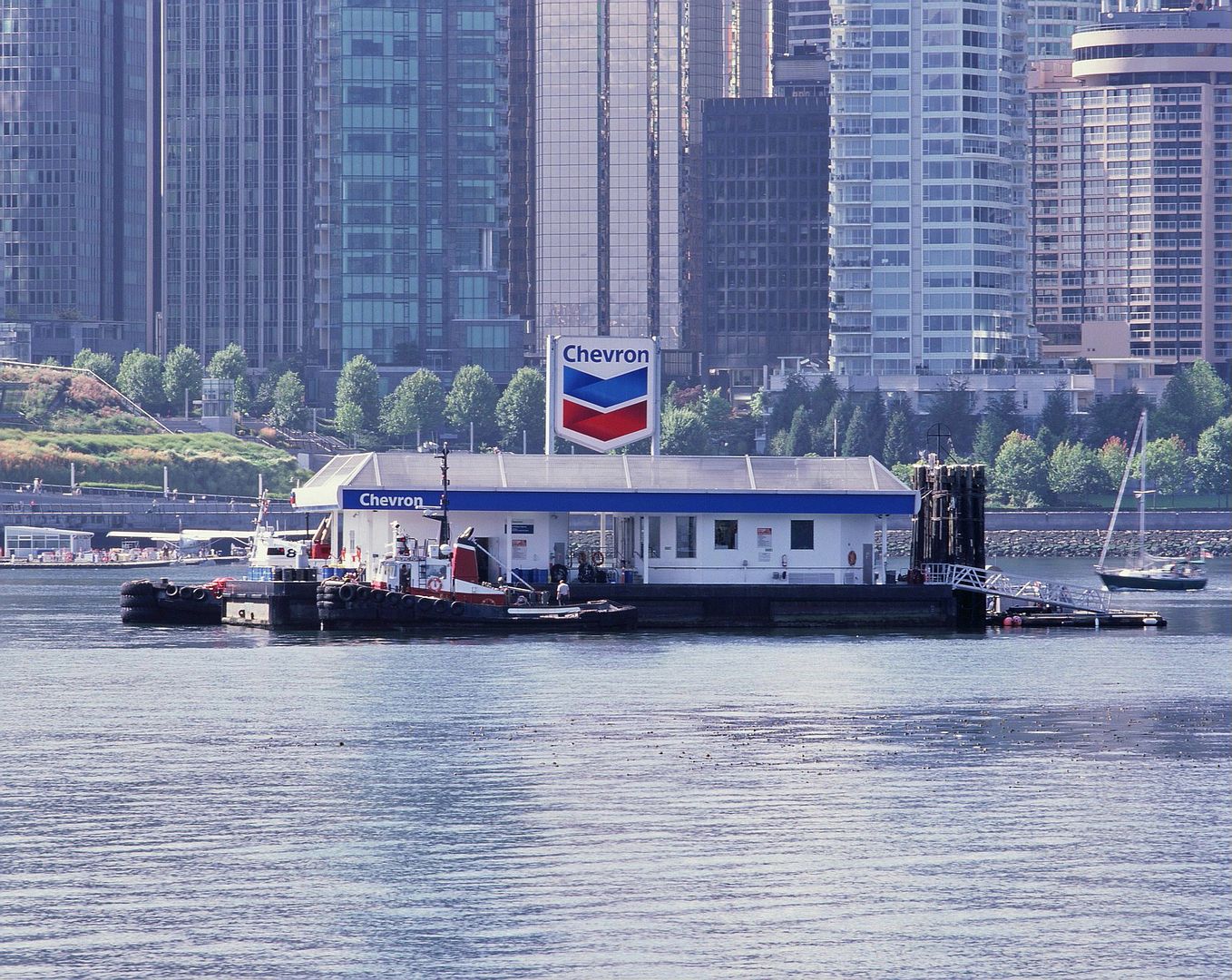
Camera: 67II Film: Fuji Provia 400X ISO: 400 (Using the 67 2X Rear Converter)
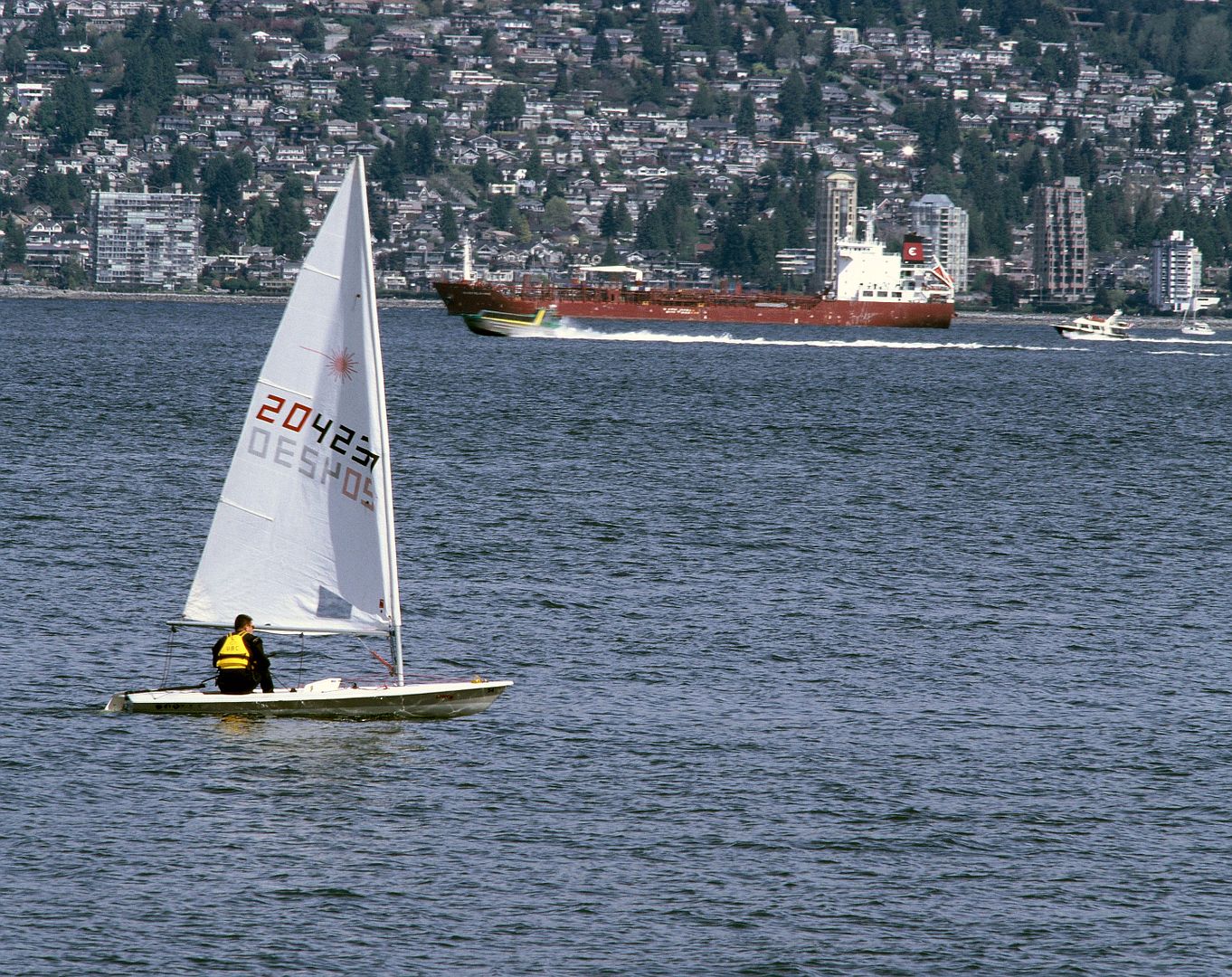
Camera: 67II Film: Ilford SFX 200 ISO: 200 (Using the 67 1.4X Rear Converter)
 | | | | | Senior Member Registered: February, 2009 Location: SLovakia Posts: 141
4 users found this helpful
| | Review Date: September 20, 2009 | Recommended
| Rating: N/A |
|
Beautiful front lens with 108mm thread:

Outer Bayonet mount, it takes 77mm filters:
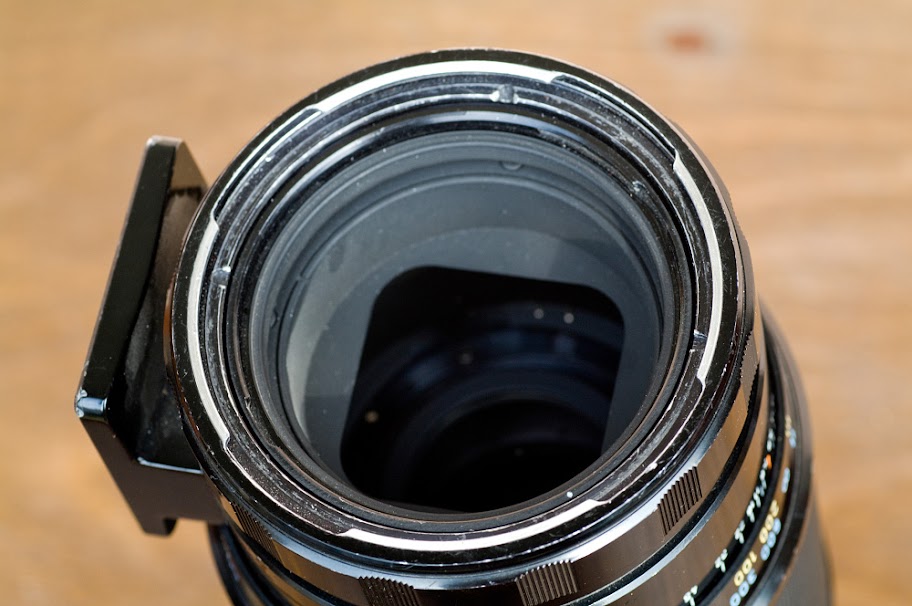
12 rounded - aperture blades is flower-shaped at f16:
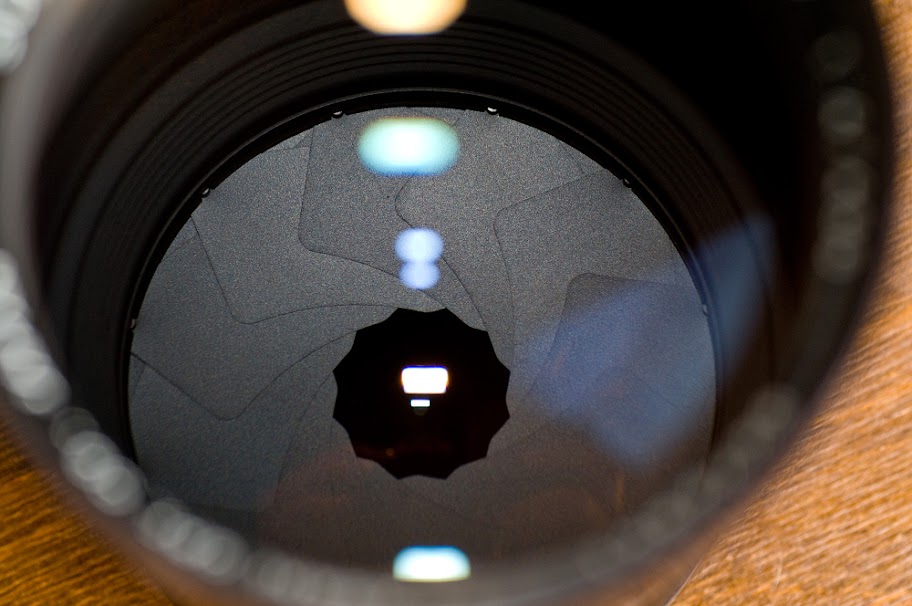
At f22 getting perfectly round:

Non-rotable tripod mount:
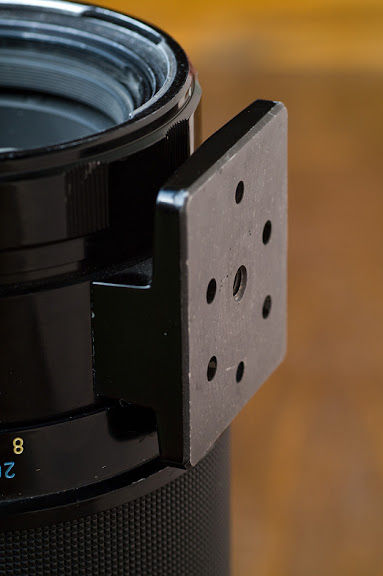 | | | | | Pentaxian Registered: February, 2009 Location: Arizona Posts: 1,272
11 users found this helpful
| | Review Date: February 21, 2009 | Recommended | Price: $1,300.00
| Rating: 9 |
| Pros: | Sharpness, construction, diaphragm | | Cons: | Outer bay mount | | Sharpness: 9
Aberrations: 9
Handling: 9
Value: 9
| |
Overview and Optics
As far I have seen, there has been only one optical configuration of the 400 Takumar, although there was an early 400 with a narrower focusing grip. I've owned this lens since 1998 and continue to be impressed with it. Its cross section (optical) is very similar to the 300mm Takumar, with an APO triplet up front and a weak positive element and negative element in the rear. But the two lenses couldn't be more different in performance. The 400 has better contrast, better color rendition, better sharpness and has a better diaphragm. It also has a tripod mount, which the old 300 could have used. Yes, the 400 will color fringe a bit at f/4 in high contrast situations but no worse than the 300. The 400's 12 blade diaphragm is a masterpiece. It is perfectly round at f/45. I do not recommend the use of a rear filter on the 400 because they cause reflection which can show up on film. Even the use of a multi coated rear filter does not solve the problem. The 600 is not as bad as the 400 in this regard. The front thread is 108mm and it is not possible to find this size filter unless custom made. I use a 105mm B+W polarizer and have it mounted inside a polycarbonate ring. This ring fits over the lens hood. The dual knob focusing of the 600 was not employed on the 400. It should have been. The helical system is really slow and shots will be missed because of it.
Sharpness
This lens shot at f/8 and infinity is amazingly sharp. My estimate in lp/mm is 90-95. It can rival any lens in the P67 lineup, (although its color rendition is not quite as good as the 300EDIF). It is sharper than the 45mm. In a comparison of slides taken with the 400 and the 55-100 zoom, it is difficult to tell them apart. The 400 and 75 f/4.5 are the sharpest Takumars. This lens is susceptible to shutter vib but not nearly as much as the 600 mm. Shooting at 1/2 to 1/30 second is risky on a tripod.
Odds and Ends-- Technical Info
This lens can be shot handheld without too much problem. Its weight muffles the mirror and shutter vib and so it can be shot at 1/125 sec with little worry. Strangely enough, some bodies have trouble metering with this lens attached. Outer bay lenses have this inherant problem. Only two of my three bodies will meter with this lens. But, the lens is only party to blame. The machining of the body metering pin is not accurate. There is a reason why Pentax went with inner bay, for the newer telephotos. At first, the manual diaphragm of this lens sounds like a major problem but in actual use, it is not. This lens uses a locking lens hood
that can take a bit of getting used to. To fully extend it, one needs to get the hood into a channel by twisting, to move it forward and lock it. There are some 400 Takumars that have a free moving lens hood though.
The use of conventional glass in the Takumar, puts it at a disadvantage to the 400 EDIF. Even though the Takumar is probably APO, it cannot focus all colors at the film plane from all zones of the lens. It is APO in only one zone. Outside this zone, colors focus in front or behind the film. This change in color focus by lens zone is known as spherochromatism. The marginal zone is always the worst and this is done by design. It allows the shooter to stop down to eliminate the poorly corrected marginal colors. By f/8 the Takumar does well in color elimination. The 400 EDIF has some color aberrations as well, but the spherochromatism is way less than the 400 Takumar. The EDIF has less spherochromatism than the Takumar but from f/8 to f/45 the color correction between the two is similar. Lateral color can be seen at the edges of the frame with the Takumar, on occasion, if there is very high contrast in the scene. The EDIF is better in this regard. I think 400 EDIF shooters would be surprised with the excellent performance of the 400 Takumar.
A comparison of the degree of color correction between the 400 and 600 Takumars shows a huge difference. The 400 is way superior to the 600 in regards to Longitudinal Chromatic aberration. The remedy for the 600 is stopping down.
Pentax's 1.4x rear converter will fit on this lens but I suggest stopping the lens down to at least f/6.7 to reduce color fringing possibilities. Be forewarned, that attaching the 1.4x to this lens can sometimes be aggravating, as it will resist seating. Oddly, the 400 with 1.4x (wide open = f/5.6) has less color fringing than the 600mm at f/5.6. Using the 1.4x and outer bay tubes on the 400 is a bit strange. The tubes must be put in front of the converter to fit correctly. This lens with the 1.4 yields 560mm focal length. The performance of this lens with the 1.4x is great- no degradation noticed. The use of the 1.4x will increase the susceptibility of this lens to shutter vib.
Overall, the 400mm Takumar is one of my favorite lenses for this system for reasons you have just read.
| | |